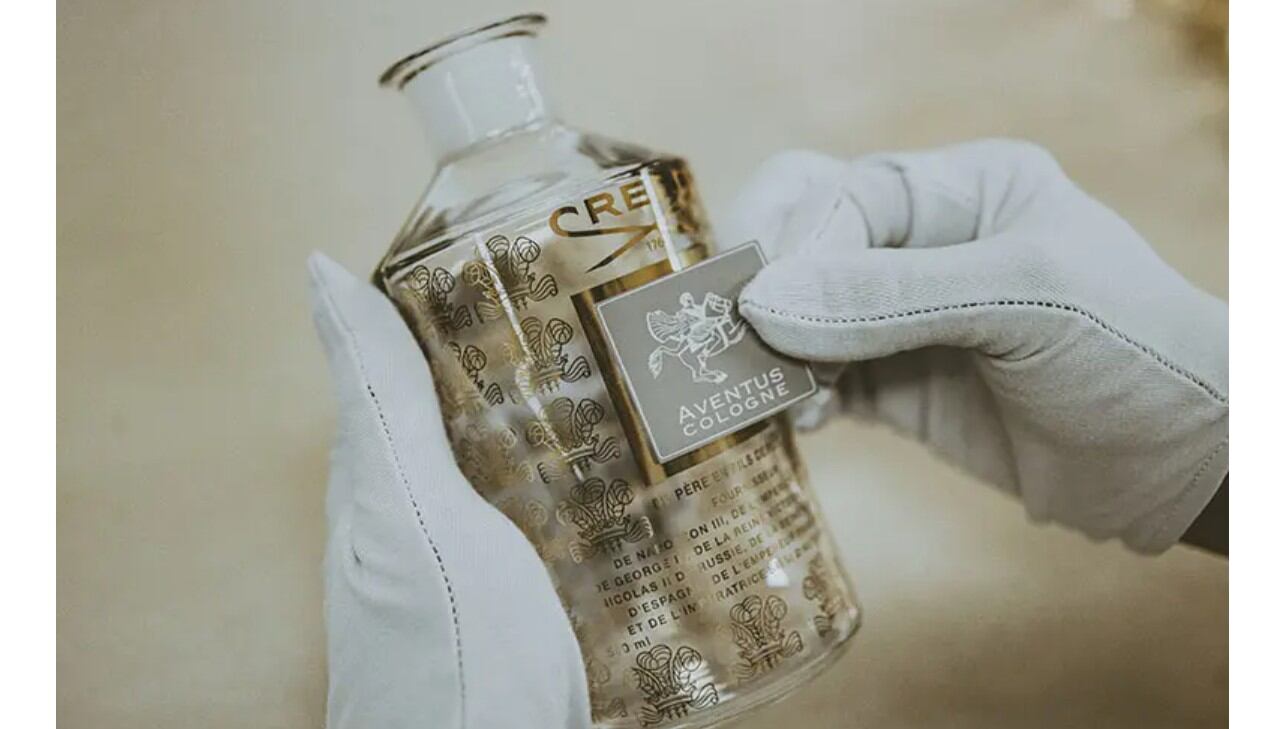
WhatsApp a key customer service channel for Black Friday, says Revolution Beauty
Beauty brand Revolution Beauty also highlighted that its use of AI Chatbots cut Black Friday queries by nearly 60%.
News & Analysis on Cosmetics Innovation

Beauty brand Revolution Beauty also highlighted that its use of AI Chatbots cut Black Friday queries by nearly 60%.

As dupe perfumes continue to flood the market, industry experts say that beauty brands must act to protect consumers and their reputations.

From discounts to experiences, an EY analyst shares the beauty retail trends that can help to boost golden quarter sales.

Swiss fragrance company Givaudan has made a strategic move in the ever-growing US fragrance market.

Estée Lauder Companies’ Jo Malone London brand has launched an AI beauty tech innovation to help customers find personalised perfume online.

The UK cosmetics industry body CTPA undertook a nationwide survey of parents to better understand why children are more fixated on skincare products.


The chemicals company aims to scale Alchemy globally through its sales and distribution network.

The French government will ask a Paris court to order a three-month suspension in France of the Singapore-based online retailer Shein, over sales of childlike sex dolls and banned weapons. The EU has now also made a request for more information.

Hair salons will stay the first port of call for new product discovery, but will need to embrace seamless retail to stay ahead, says one industry expert…

Colgate-Palmolive has launched an oral care innovation into the Indian market, which centres around the ‘skinification’ of the oral care category.

Cetaphil’s new product range is specifically formulated for pre-ageing sensitive skin, with a focus on supporting natural skin cell renewal.

Health & beauty retail parks are set for £5.7bn growth in the UK by 2029, says market intelligence firm Globaldata.

“As a minority investor, we are proud to support XINÚ as it continues to grow and share the rich creativity and spirit of Mexico and Latin America with the world,” said Estée Lauder Companies President and CEO Stéphane de La Faverie.

The social media platform says beauty brands are likely to drive TikTok Shop’s biggest festive season yet.

As unverified LED devices surge, official bodies and experts are urging for compliance and clarity from manufacturers, brands and retailers in this space.

According to Revieve, Generative AI is the new first touchpoint for beauty retail. Here’s why the business says beauty brands need an AI-native strategy now.

The hair category is the place to be for innovation right now. So, what new product development have we recently seen? Here’s a line-up of disruptive hair care launches every formulator should know.

Lush co-founder Helen Ambrosen shares her views on kids’ skincare launches.

Is children’s skincare the next beauty frontier or an unpleasant side-effect of the cosmetics industry? Inside Rini’s launch…

Haut AI’s new AI-powered skin diagnostics for beauty brands offers clinical accuracy, personalised skincare and product efficacy validation.

Japanese multinational Kao has unveiled its new ScentVista 400 technology, which could transform fragrance R&D.

How can brands embrace the ‘imperfect beauty’ trend that’s set to dominate 2026?

In its 1Q FY26 earnings call, the company reported momentum in prestige, while streamlining operations and reshaping the consumer beauty market.

From clean ingredients to AI, oral care is becoming beauty’s most disruptive category.

NPD has changed beyond recognition in recent years, becoming much more driven by consumer needs. One brand that has seen great success with this strategy is Trinny London. We spoke to its Head of Innovation to find out more.

Data analytics and research firm Euromonitor International has heralded a new era for beauty and health where efficacy, speed and personalisation are paramount.

Beauty packaging and dispensing company Aptar Beauty is among the first in France to receive the “Inclusive Designer” label.

Sales for the first three months of opening show that a growing number of fragrance shoppers are favouring niche scents, as consumers increasingly seek out personalisation.

While the Spanish luxury beauty company has seen impressive sales across the board for the first nine months of the year, perfume sales have slowed in the third quarter of the year.

The deal, which includes both cash and stock, is set to close in the second half of 2026 and would establish a combined business with projected annual revenue of $32 billion.

Estée Lauder Companies aims to drive faster DTC innovation and personalized omnichannel experiences with new Shopify partnership.

As beauty multinational Estée Lauder Companies reports a return to positive sales and profit growth in its latest financial results, its CEO revealed more about its future focus during the analyst call.

We spoke to the mediluxe brand about its innovation in ozone, senescence & skin repair.

A new report from strategic foresight consultancy The Future Laboratory and Together Group describes India as a “global beauty powerhouse” and outlines the emerging trends shaping the country’s beauty landscape.

The UK health and beauty retailer Boots has just opened the doors to its first-ever fragrance-only concept store in Broadgate Central in London.

New research shows how new skin-on-chip methods could potentially disrupt animal testing in the beauty and personal care industry.

Dive into our latest stories on formulation and science, featuring research on extracts of peony root, ethanolic plum leaf and honeysuckle flower, efficacy of a new-gen Winona cream, and more.

In this exclusive interview with L’Occitane Group’s travel retail division MD and Marketing Director, we find out what’s happening in this key retail channel and what’s coming next for its brands.

The French multinational has shared its financial results for the first nine months of 2025, showing recovery in the North American and Chinese markets, but a slowdown in Latin America.

A new nail care study reveals breakthrough findings in silicon delivery.

As researchers explore new biological pathways, ingredient mechanisms, and delivery systems, the gap between cosmetic science and clinical performance continues to narrow.

L’Oréal Group has acquired Creed and numerous fashion house beauty licences, but also plans joint wellness and longevity innovation in the €4bn Kering deal.

Ahead of the Beautyworld Middle East show, we spoke to a Euromonitor International consultant for MENAT & Pakistan to learn more about what’s happening in the region.

French cosmetics leaders met EU VP Séjourné at Cosmetic 360 to urge regulatory reform, trade support, and innovation backing amid global market challenges.

As Sephora’s parent company LVMH sees sales rebound, the firm’s CFO has shed more light on whether Amazon Beauty could be a serious competitor for Sephora’s crown.

In recent years, the brand has struggled to maintain relevance in an extremely saturated market.

As one of the world’s most prestigious packaging design competitions, the Pentawards showcases the most innovative new approaches to product packaging across various FMCG categories.

From the brain-skin axis to scalp care, we discover more about Unilever’s future focus on wellness.

Here’s how Estée Lauder Companies is revolutionising the way it creates perfume at its new Paris Atelier.